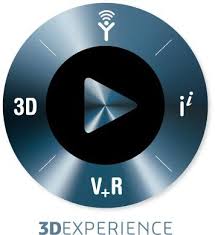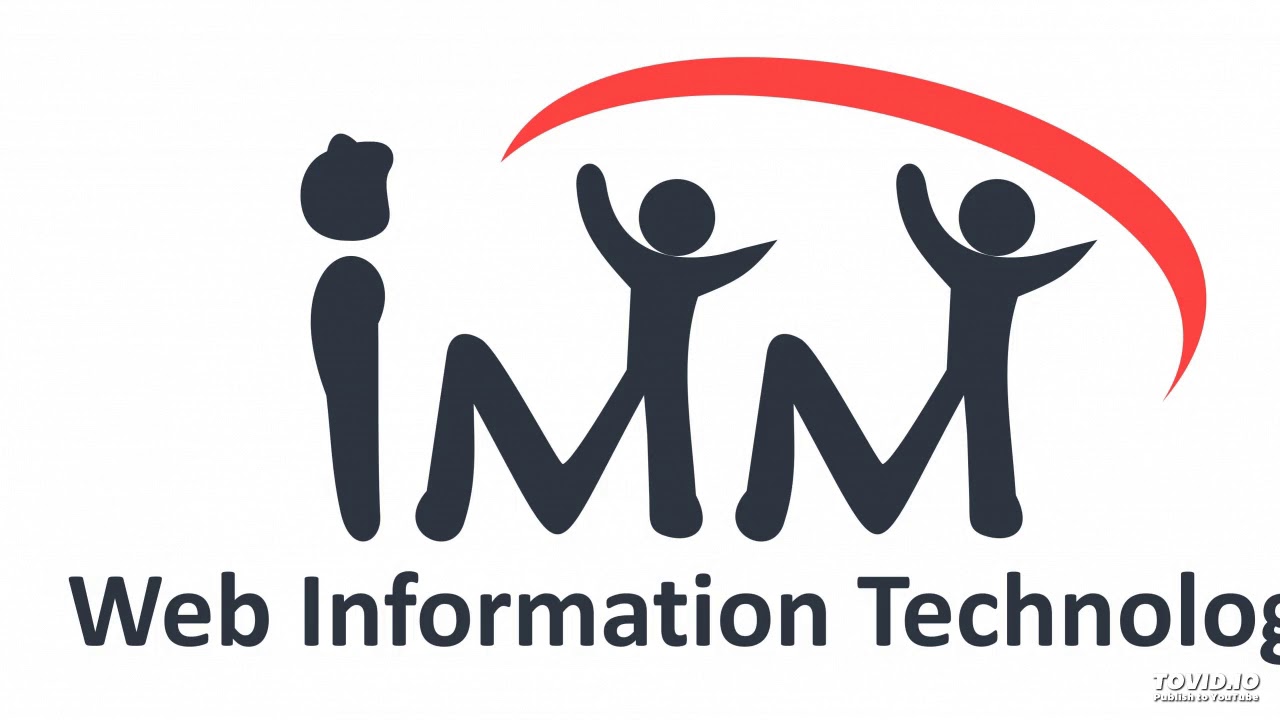
Problems that solves
Low quality of customer service
No automated business processes
Values
Reduce Costs
Improve Customer Service
My Design (3DEXPERIENCE)
My Design (3DEXPERIENCE) - Create, Engineer, Simulate, Manage, and Share your products in 3D
About Product
Description
- Explore new ideas and shape innovative products faster through efficient collaboration
- Reduce costly and time-consuming physical prototypes
- Provide high-end 3D rendering with advanced materials and textures, interactive illumination and real-time ray tracing
- Securely manage and share visual assets
- Improve internal & external communication with accurate product documentation
Style, performance, best experience…these are just some of the characteristics consumers look for in the products they buy. In a world where trends evolve at record speed, brands that understand the consumers’ needs, win consumers’ loyalty. Products that appeal to both their emotional and practical sides have the best chance of success. This is why product development is a collaborative effort between creative designers and the technical teams who bring the designs to life. They need powerful free-form and 3D design solutions to express their creativity with precision. They need fast and easy rendering tools to create photorealistic images for project review sessions with managers and clients. They require simulation features to test their ideas and validate designs. And they need a robust foundation to store all product assets – designs, images, testing results, technical characteristics, social media information – that project stakeholders can access at any time, from anywhere.
My Design industry solution experience provides all this and more. It covers the full process from creative design to industrialization and commercialization. Creative designers, technical designers, engineers and simulation experts collaborate on the same platform, the 3DEXPERIENCE platform, to design innovative products consumers love. Design and engineering seamlessly interact with one another to explore and validate ideas for quality, safety, performance, look and feel. Project members have role-based access and automatic workflow management to keep projects on track. Intuitive and easily customizable dashboards provide managers real-time visual control of project status.
My Design delivers intuitive 3D sketching and design tools that unleash a designer’s creativity. Clay-like modelling features provide a volumetric experience with the ability to push, pinch and pull a model to get a precise 3D form with high-quality surfaces. Designers can use realistic rendering features to illustrate the product in its best light to customers and marketing staff complete with textures, materials and shadow control. Engineers can add technical functionality to improve product performance and manufacturability and can interact with designers to fine-tune designs to functional requirements. Users have built-in testing and simulation features to validate virtual prototypes before or after detail design. Final consumers can get a feel for the future product thanks to photorealistic 3D digital images. This allows them to express their opinions on possible changes in the earliest stages of development, saving time and money.
With My Design, all data is compatible eliminating the need for translations and conversions that can introduce errors and delays throughout the development process. My Design securely manages and allows project stakeholders to access all visual assets related to a product 24/7 and from anywhere in the world. This promotes better collaboration and a free flow of ideas. The most recent models can be reused for paper-based or animated marketing and technical documentation, making manuals and instructions more precise and up to date.





